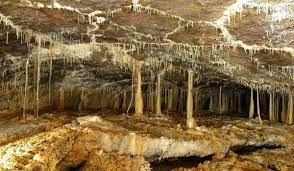Free Courses Sale ends Soon, Get It Now


Free Courses Sale ends Soon, Get It Now



Copyright infringement is not intended
Context: Ministry of Mines has approached Ministry of Culture to explore the possibility of inclusion of Geological Heritage sites declared by GSI, under the purview of existing Ancient Monuments and Archaeological Sites and Remains Act 1958 (amended in 2010) by making suitable amendment in the Act.
|
State |
Name of the Site |
Location |
Brief description of the site |
|
Himachal Pradesh |
Siwalik Fossil Park, |
Saketi, Sirmur District |
The Siwalik Fossil park displays a rich collection of vertebrate fossils recovered from the Siwalik rocks of the area of Plio-Pleistocene age. The deposition of Siwalik sediments took place in the narrow linear depression, called the 'fore deep', which started developing in front of the Himalayas since the inception of its uplift in the middle Miocene |
|
Sikkim |
Stromatolite bearing Dolomite / Limestone of Buxa Formation |
Mamley, near Namchi, South District |
The Geoheritage site at Mamley exposes lithounits of Buxa Formation, Daling Group of Proterozoic age. The dolostones are profusely stromatolitic (Precambrian algal structures). This site provides one of the rare examples of early life in Sikkim Himalaya. |
Geo Heritage Site by the Geological Survey of India:
https://www.pib.gov.in/PressReleasePage.aspx?PRID=1811458
© 2024 iasgyan. All right reserved